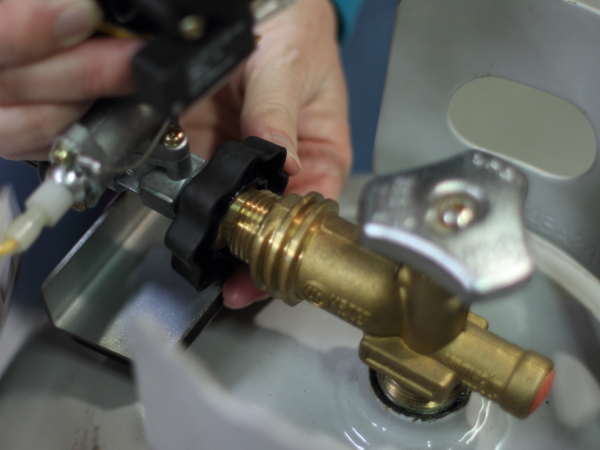Hacksaws are versatile hand tools commonly used in metalworking, woodworking, and plumbing. Their primary function is to cut through various materials, such as metal, plastic, and wood, using a thin, serrated blade. Hacksaws are popular due to their portability, ease of use, and efficiency in delivering clean, precise cuts. This article delves into what hacksaws are, how to use them effectively, their different types, and their importance in specific applications. We will also explore how hacksaws can be useful when working with geotextile materials.
What is a Hacksaw and How Does It Work?
A hacksaw is a fine-toothed saw designed primarily for cutting metal but can also be used to cut other materials like plastic or wood. The tool consists of a blade, usually made of high-speed steel or carbon steel, mounted on a C-shaped frame with a handle. The blade is replaceable and comes in various lengths and tooth densities, which are selected based on the type of material to be cut.
The hacksaw operates by moving the blade back and forth across the material in a sawing motion. Its design allows users to apply pressure and control over the cutting process, making it suitable for precision cutting.

What Are the Different Types of Hacksaws?
There are several types of hacksaws designed to cater to different needs:
- Hand Hacksaw: The most common type, with a standard frame and handle. It’s widely used for general-purpose cutting in metalworking and plumbing.
- Power Hacksaw: A machine-powered version that automates the cutting process, often used in industrial applications for repetitive tasks.
- Junior Hacksaw: A smaller version with a thinner blade, ideal for more delicate work, such as cutting small pipes, rods, or even crafting applications.
- Adjustable Hacksaw: Features an adjustable frame that can accommodate blades of varying lengths, providing versatility in different cutting tasks.
Selecting the right type of hacksaw depends on the material, the precision required, and the scope of the project.
How to Use a Hacksaw Effectively?
To use a hacksaw effectively, follow these steps:
- Select the Appropriate Blade: Choose a blade that suits the material you are cutting. For harder materials like metal, use a fine-toothed blade; for softer materials like plastic or wood, a coarser blade works better.
- Secure the Material: Use a clamp or vise to hold the material securely in place. This prevents slipping and ensures a straight cut.
- Position the Hacksaw Correctly: Align the blade with the marked cutting line, ensuring the blade is tightened correctly in the frame to avoid bending.
- Begin Cutting with Steady Strokes: Start with a few gentle strokes to create a groove, then increase pressure and speed. Use the full length of the blade for each stroke to prolong the blade’s life and achieve a cleaner cut.
- Maintain a Consistent Pace: Avoid applying excessive force, as this can cause the blade to break. A steady, controlled pace is key to an efficient cut.
What Are the Applications of Hacksaws in Working with Geotextiles?
Hacksaws are useful when working with geotextile materials, especially in projects requiring custom-sized cuts. Geotextiles, which are permeable fabrics used in civil engineering and construction, need to be accurately cut to fit specific site requirements, such as in road construction, erosion control, or drainage systems.
While geotextiles are typically cut using scissors or utility knives, a hacksaw can be an alternative tool, especially when dealing with geotextile composites that contain plastic or metal reinforcements. The fine teeth of a hacksaw blade can provide a clean cut without fraying the material, making it a valuable tool for ensuring precise installation in construction projects.
Hacksaws are essential tools for a wide range of cutting tasks, from simple household repairs to complex industrial applications. Understanding their types, correct usage, and specific applications—such as cutting reinforced geotextile materials—ensures better efficiency and precision in various projects. Selecting the right hacksaw and blade, and employing the correct technique, can make all the difference in achieving a clean and professional finish.



